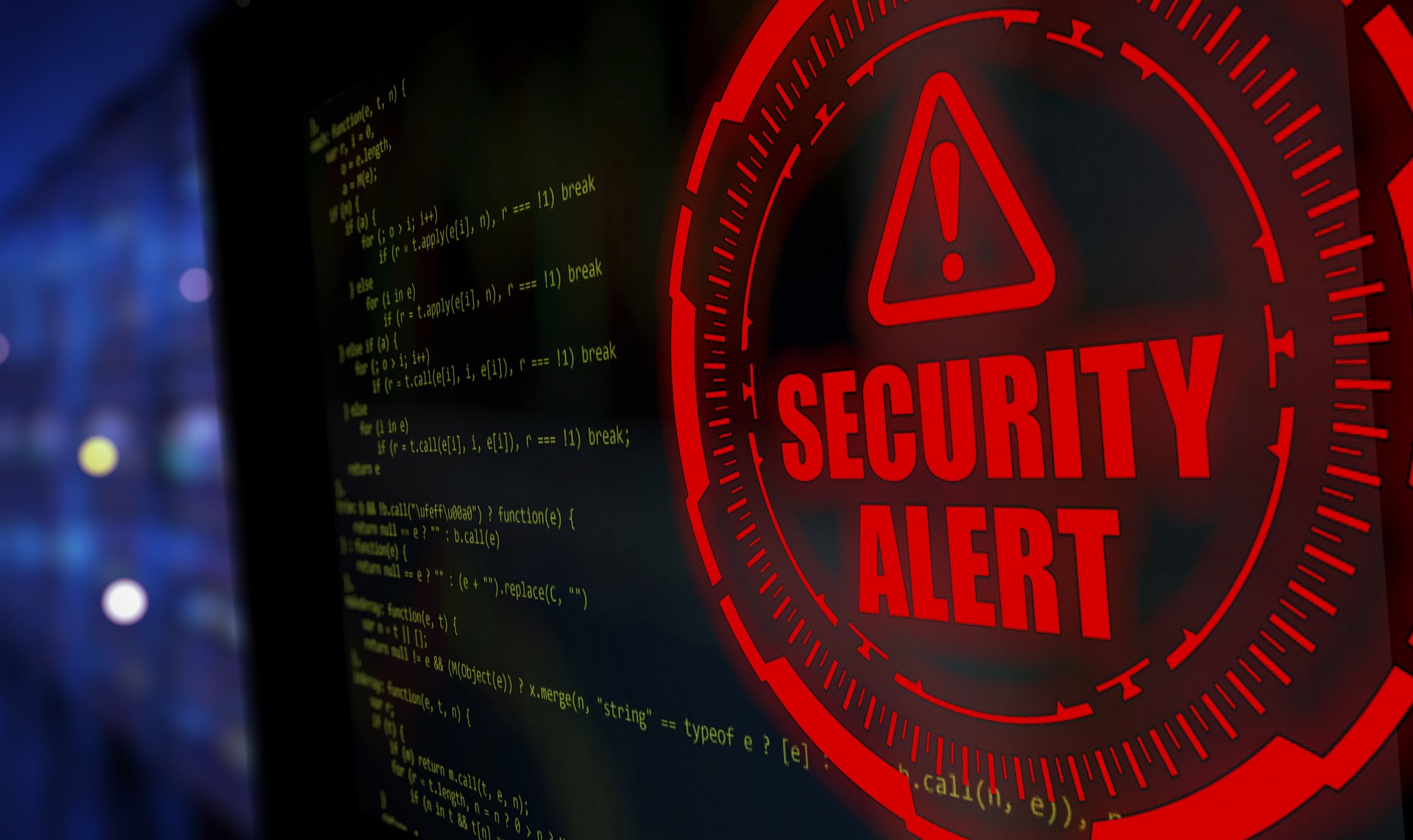As cyber threats become increasingly sophisticated, the importance of preparing for a cyber attack cannot be overstated. Whether you’re an entrepreneur launching a startup or an IT manager overseeing a large corporation, having a proactive cybersecurity strategy is essential. This article provides actionable insights and detailed steps to help you identify vulnerabilities, implement security measures, and develop a resilient infrastructure. Equip your business with the knowledge and tools needed to stay ahead of potential threats and protect your valuable assets.
What is a Cyber Attack?
A cyberattack is a deliberate attempt by malicious actors to infiltrate, damage, or disrupt computer systems, networks, or devices. These attacks can take various forms, including phishing, ransomware, Distributed Denial of Service (DDoS), and malware, each designed to exploit vulnerabilities for financial gain, data theft, or to cause operational chaos. Cyberattacks can target any entity, from individuals and small businesses to large corporations and government agencies, often resulting in significant financial losses, compromised sensitive information, and damaged reputations. Understanding the nature of these threats is the first step in developing effective defenses and ensuring business continuity.
How to Prepare for a Cyber Attack
Understanding Cyber Attacks
To prepare for a cyber attack, it is essential to first understand the different types of threats that exist. Common cyber attacks include phishing, where attackers trick individuals into revealing personal information and sensitive data; ransomware, which locks users out of their systems until a ransom is paid; and Distributed Denial of Service (DDoS) attacks, which overwhelm systems with traffic to cause disruptions. By familiarizing yourself with these threats, you can better anticipate potential vulnerabilities and take proactive measures to protect your business.
Conducting a Risk Assessment
The next step is to conduct a thorough risk assessment to identify vulnerability within your organization. This involves evaluating your IT infrastructure, identifying critical assets, and determining the potential impact of various cyber threats. By prioritizing the assets that need the most protection, you can allocate resources more effectively and develop targeted strategies to mitigate risks.
Developing a Cybersecurity Plan
Creating a comprehensive cybersecurity plan is crucial for safeguarding your business. This plan should include detailed policies and procedures for preventing, detecting, and responding to cyber threats. It should also outline the roles and responsibilities of employees, ensuring everyone understands their part in maintaining security. Regularly updating and testing this plan will help ensure its effectiveness in the face of evolving threats.
Implementing Security Measures
Implementing essential security measures is a key step in protecting your business from cyber attacks. This includes installing firewalls, antivirus software, and encryption tools to safeguard your data. Additionally, secure backups should be maintained to ensure data can be restored in the event of an attack. Regularly updating software and applying patches will help close security gaps and keep your systems resilient against new threats.
Employee Training and Awareness
Educating employees about cyber threats and safe practices is vital for maintaining a secure environment. Regular training sessions should be conducted to inform staff about the latest threats, how to recognize phishing attempts and the importance of strong passwords. By fostering a culture of cyber security awareness, employees can become the first line of defense against potential attacks.
Developing an Incident Response Plan
An effective incident response plan is essential for minimizing the impact of a cyber attack. This plan should include steps for detecting, containing, eradicating, and recovering from an attack. Key components include establishing a response team, defining communication protocols, and conducting regular drills to ensure preparedness. Having a well-defined plan in place will enable your organization to respond swiftly and effectively to any cyber incident.
Regular Audits and Updates
Regular security audits and updates are necessary to maintain a robust security posture. Conducting periodic audits will help identify new vulnerabilities and ensure compliance with security protocols. Keeping software and systems up to date with the latest patches and updates will protect against emerging threats. By continuously monitoring and improving your security measures, you can stay ahead of potential cyber attacks.
Communication Strategy
Developing a communication strategy is crucial for managing the aftermath of a cyber attack. This strategy should outline how to inform stakeholders, customers, and the public about the incident. Transparent and timely communication can help maintain trust and mitigate reputational damage. Having a clear plan for disseminating information will ensure that all parties are kept informed and reassured during a crisis.
Legal and Regulatory Compliance
Ensuring compliance with relevant laws and regulations is a critical aspect of cybersecurity. Familiarize yourself with standards such as GDPR, CCPA, and industry-specific regulations to ensure your practices meet legal requirements. Compliance not only helps protect your business from legal repercussions but also enhances your overall security framework.
Utilizing Professional Services
Engaging cybersecurity professionals or managed security service providers (MSSPs) can provide expert assistance in protecting your business. These professionals can offer specialized knowledge, conduct thorough assessments, and implement advanced security measures. Utilizing their expertise can help you stay ahead of sophisticated threats and ensure the successful implementation of your cybersecurity strategies.
What Do Most Cyber Attacks Start With?
Most cyber attacks start with social engineering tactics, particularly phishing. Phishing involves deceptive emails, messages, or websites designed to trick individuals into divulging sensitive information such as login credentials, financial details, or personal data. Attackers often masquerade as trusted entities, exploiting human psychology to bypass technical defenses. Once they gain access to this information, they can infiltrate systems, deploy malware, or escalate their attacks to cause further damage. Understanding the prevalence of phishing and other social engineering techniques is crucial for developing effective defenses and educating employees on recognizing and avoiding these threats.
How Common is a Security Breach?
Security breaches have become alarmingly common in today’s digital landscape, affecting organizations of all sizes and industries. According to recent studies, a significant percentage of businesses experience at least one security breach annually, with small and medium-sized enterprises being particularly vulnerable due to limited resources and cybersecurity expertise. High-profile breaches frequently make headlines, but countless smaller incidents go unreported, contributing to an underestimation of the true scale of the problem. The increasing sophistication of cyber threats, coupled with the expanding attack surface created by remote work and digital transformation, underscores the urgent need for robust cybersecurity measures and vigilant monitoring to protect sensitive data and maintain business continuity.
What Type of Information Can be at Risk in a Cyber Attack?
- Personal Identifiable Information (PII): This includes names, addresses, Social Security numbers, and other data that can be used to identify individuals, making it a prime target for identity theft and fraud.
- Financial Information: Credit card numbers, bank account details, and transaction records are highly sought after by cybercriminals for financial gain through theft or unauthorized transactions.
- Intellectual Property: Proprietary information such as patents, trade secrets, and business plans can be stolen and exploited by competitors or sold on the black market.
- Customer Data: Information about customers, including contact details, purchase history, and preferences, can be compromised, leading to loss of trust and potential legal repercussions.
- Employee Records: Sensitive data about employees, such as payroll information, health records, and personal contact details, can be exposed, resulting in privacy violations and potential harm to individuals.
Conclusion
In an era where cyber threats are ever-present and increasingly sophisticated, preparing for a cyber attack is not just a necessity but a critical component of business resilience. By understanding the nature of cyber attacks, conducting thorough risk assessments, developing comprehensive cybersecurity plans, and implementing robust security measures, businesses can significantly mitigate their risks. Regular employee training, effective incident response plans, and continuous audits further strengthen defenses, ensuring that organizations are well-equipped to handle potential breaches. Ultimately, proactive preparation and a commitment to cybersecurity can safeguard valuable assets, maintain customer trust, and ensure business continuity in the face of digital adversities.
Final Thoughts
Secure your business with Buzz Cybersecurity’s expert solutions. Our extensive defense strategies include managed IT services, state-of-the-art cloud solutions, and resilient ransomware protection. Our dedicated team is committed to helping you address the complexities of cyber threats, ensuring the protection of your critical digital assets. Join us today to strengthen your business’s security in the ever-evolving cybersecurity landscape.
Sources
- https://www.simplilearn.com/tutorials/cyber-security-tutorial/types-of-cyber-attacks
- https://www.compuquip.com/blog/prime-target-for-cyber-attacks-and-to-look-out-for
- https://www.cisco.com/c/en/us/products/security/incident-response-plan.html
Image by Elchinator from Pixabay



